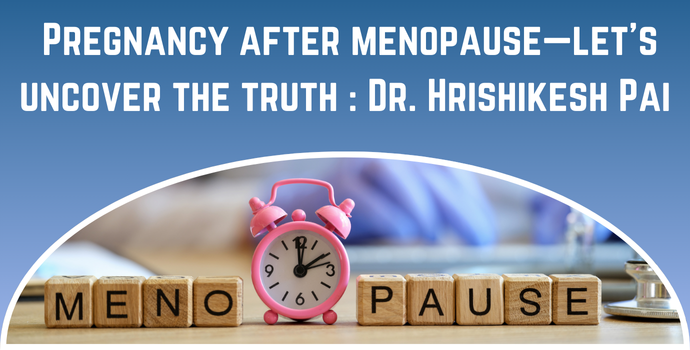

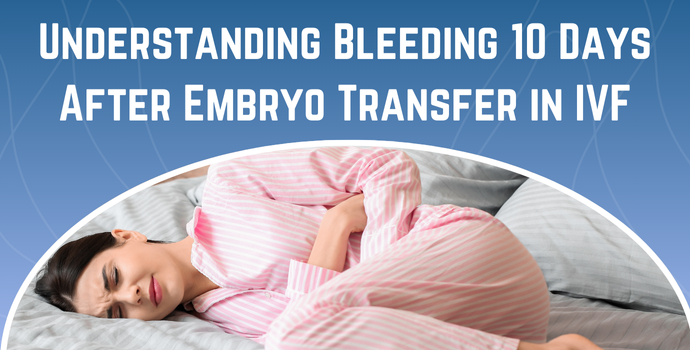
Bleeding 10 Days After Embryo Transfer
You’ve made it 10 days after your embryo transfer, full of hope and excitement, when suddenly—you notice bleeding. Your heart drops. Is this normal? Is your IVF cycle failing? First things first—don’t panic! Bleeding 10 days after embryo transfer isn’t always a sign...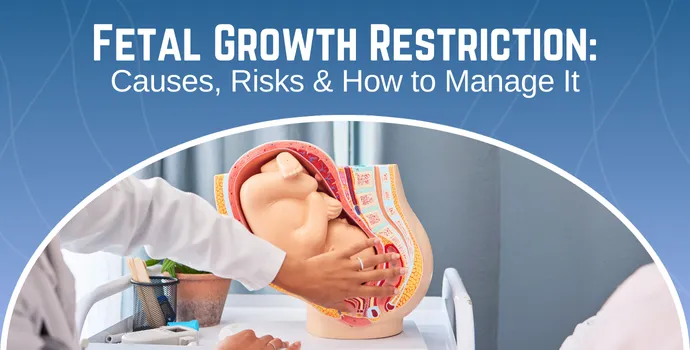
Fetal Growth Restriction: Causes, Risks & How to Manage It
Fetal Growth Restriction (FGR), also known as intrauterine growth restriction (IUGR), is a condition where a baby fails to grow at the expected rate in the womb. This can lead to serious fetal development issues, increasing the risk of complications before and after...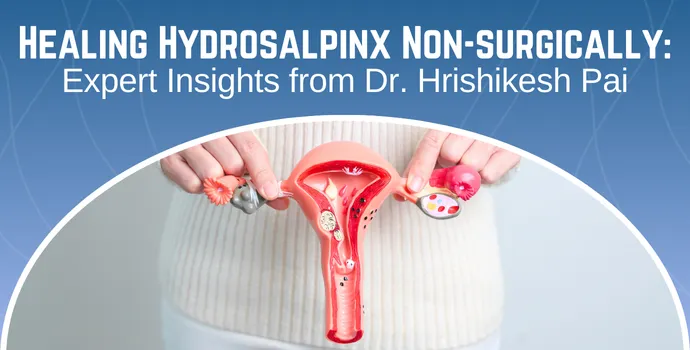
Non-surgical Treatment for Hydrosalpinx
Hydrosalpinx is a medical term for a condition in which the passage of the fallopian tubes becomes blocked and filled with fluid, possibly resulting in infertility. A lot of women suffering from this condition are curious to know whether there are hydrosalpinx...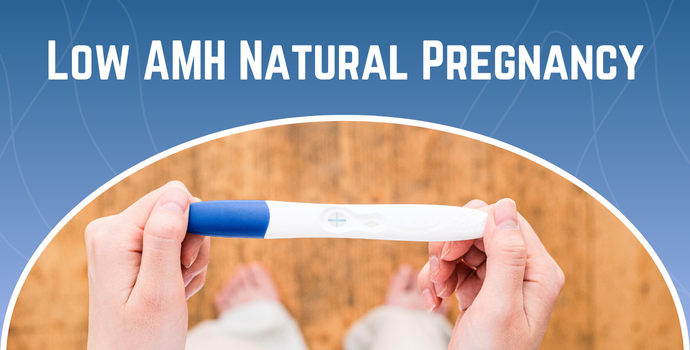
Low AMH Natural Pregnancy
Conceiving naturally with low AMH (Anti-Müllerian Hormone) can feel like a challenge, but it’s not impossible. With expert guidance, lifestyle changes, and the right fertility strategies, many women with low ovarian reserve have successfully conceived. Dr. Hrishikesh...
